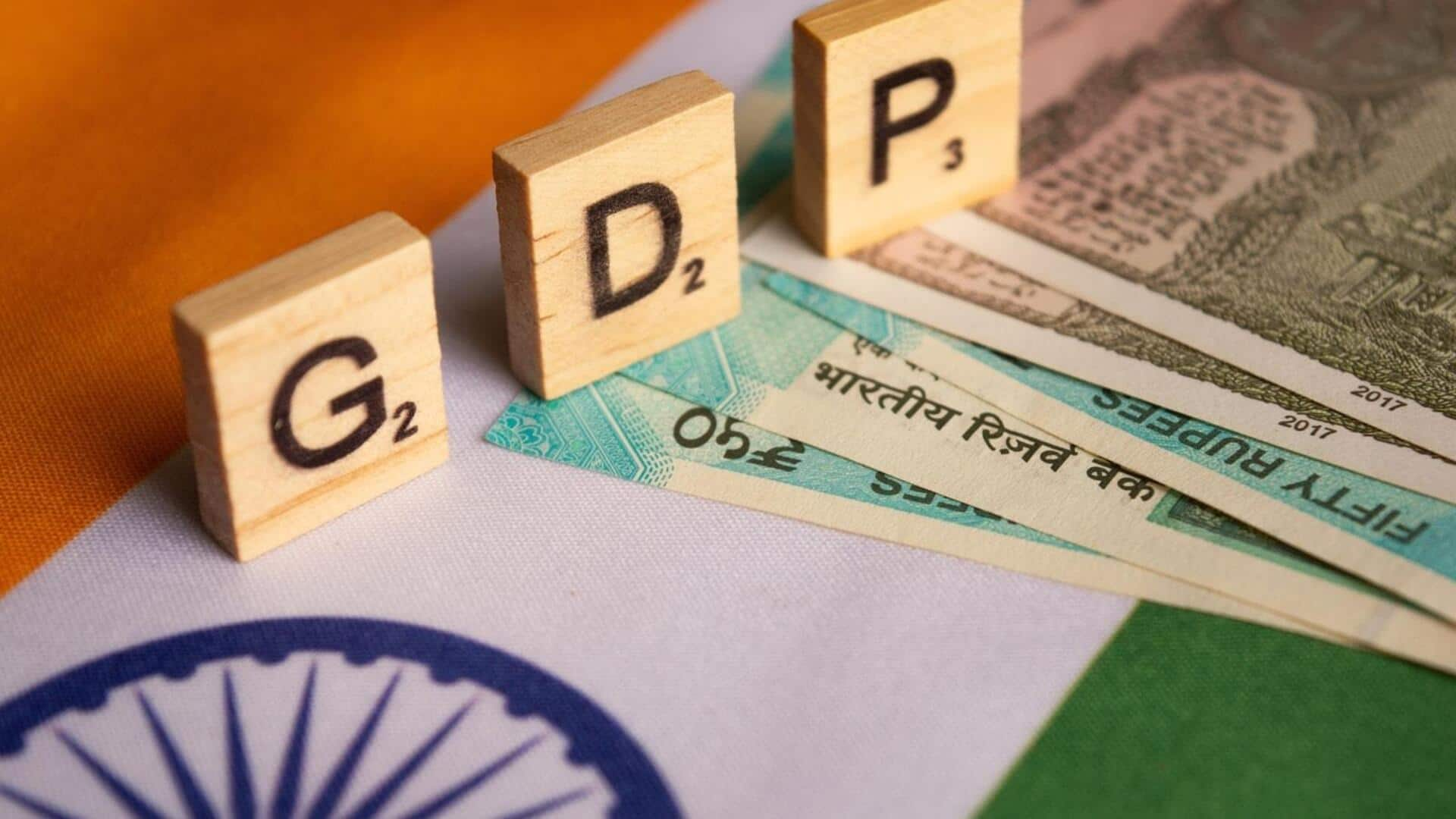
Is India's growth stalling? Economic Survey projects slower FY25 pace
What's the story
India's real Gross Domestic Product (GDP) is expected to grow between 6.5% and 7% in the fiscal year 2024-25, as per the Economic Survey presented by Union Finance Minister Nirmala Sitharaman on Monday.
This growth projection aligns with the International Monetary Fund's estimate of a 7% increase but is lower than India's real GDP growth of 8.2% in FY24.
The survey, overseen by Chief Economic Adviser V Anantha Nageswaran, acknowledges market expectations are high but maintains a conservative forecast.
Economic drivers
Factors influencing India's FY25 GDP growth
The survey attributes India's measured growth forecast for FY25 to several factors.
Normal rainfall prospects impacting the agriculture sector and anticipated results from reforms like the Goods and Services Tax (GST) and the Insolvency and Bankruptcy Code (IBC) are among these key drivers.
The Indian economy has shown resilience amid geopolitical challenges, consolidating its post-Covid recovery, but significant domestic efforts are still required to sustain this recovery.
Growth trajectory
India's GDP growth: Past performance and future projections
As per the latest Economic Survey, India's real GDP grew by 8.2% in FY24, exceeding 8% mark in three out of four quarters of FY24.
In June, the RBI revised its growth forecast for FY25 from 7% to 7.2%.
Over the last three years, India has consistently achieved a growth rate exceeding 7%.
A high growth rate in FY24 creates a higher baseline for comparison, but global uncertainties and rising prices could dampen India's FY25 growth.
Labor market
Inclusive growth and unemployment reduction in India
The Economic Survey highlights inclusive growth with a reduction in unemployment and multi-dimensional poverty.
According to the annual Periodic Labour Force Survey (PLFS), unemployment rates for individuals aged 15 and above have been decreasing since the pandemic.
This trend is accompanied by an increase in labor force participation and the worker-to-population ratio.
Notably, the female labor force participation rate has risen from 23.3% in 2017-18 to 37% in 2022-23, primarily driven by the rising participation of rural women.